If you want to know how a kitchen chimney works then you are going to get a complete demonstration about this topic. If you are going to buy the best kitchen chimney then you should also know how it works. However, I have also explained how to choose the chimney that you can read as well.
But today we will focus on the working principle of a kitchen chimney. I will explain the detailed method with pictures so you can understand the whole mechanism easily.
What is a Kitchen Chimney?

A kitchen chimney is a mechanical ventilation device that helps remove smoke, fumes, grease, odors, and moisture from the air in your kitchen. They are also known as range hoods or extractor hoods. Kitchen chimneys come in a variety of shapes and sizes to fit most kitchens.
Is it Necessary to Install the Kitchen Chimney?
If you do a lot of cooking then it is necessary to install the kitchen chimney. Because when you cook, the smoke and fumes will rise up and if there is no chimney in your kitchen then your whole house will be filled with smoke.
Also Read: How to Cover Kitchen Chimney Pipe?
What is the average price of chimneys in India?
The average price of chimneys in India is Rs. 6000 to Rs. 30,000.
Types of Kitchen Chimneys
There are two types of kitchen chimneys:
- Ducted Chimney- A ducted chimney is vented through a duct that runs through the ceiling and Attic to the outside of the home.
- Ductless Chimney- This type is vented through a pipe that runs through the wall to the outside of the home.
How does a Kitchen Chimney work?
A kitchen chimney works by drawing air through a filter and then venting it outside. The filter captures smoke, grease, and odors from the air. The filtered air is then vented outside through a pipe or duct.
Let’s elaborate on it further.
There are two main parts of any chimney:
- Suction Motor
- Filters
Suction Motor
This motor creates the suction that pulls the air through the chimney. The power of the motor determines the suction capacity of your chimney. A good quality motor should have a high suction capacity so that it can work effectively even when there is a lot of smoke.
The suction motor is located at the top of the chimney. It is connected to the outlet pipe. The outlet pipe is the pipe that vents the air outside.
Filters
The filters are located between the suction motor and the cooktop. They are used to capture smoke, grease, and odors from the air. There are two types of filters:
Grease filters: These filters capture grease from the air. Grease filters are made of aluminum or stainless steel.
Activated carbon filters: These filters capture odors from the air. Activated carbon filters are made of charcoal.
How does it remove the smoke?
When you turn on the chimney, it starts its motor to blow the air which actually creates a negative pressure in the chimney. This negative pressure pulls the air from your kitchen to the chimney. The smoke and other particles present in this air get stuck to the filters present in the chimney.
Now, this filtered air is then blown outside through the outlet pipe. This is how a kitchen chimney works.
Diagram:
Here is the diagram that explains how a chimney works.
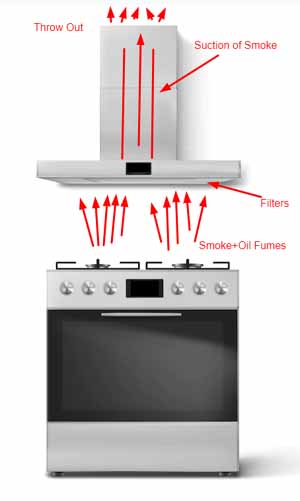
What If my chimney is not working?
A kitchen chimney is an important appliance in any home as it helps to vent out smoke, odor, and grease from cooking. Over time, however, your chimney can become clogged with soot and debris, making it less effective at doing its job. If you notice that your chimney is no longer working as well as it used to, it’s important to take action to clean it out and get it back to peak performance.
There are a few signs that your chimney is not working as well as it should be. If you notice any of the following, it’s time for cleaning:
- Your kitchen smells smoky after cooking
- There is visible soot on your chimney or surrounding walls
- Your stovetop is not as efficient as it used to be
- You can see flames coming out of your chimney
If you notice any of these signs, don’t hesitate to call a professional chimney sweep to come and take a look. They will be able to assess the situation and recommend the best course of action to get your chimney back in working order.
How does an auto-clean chimney work?
These days, most chimneys are coming with auto-clean features. So if you are not sure how this system work then here is how.
- When the chimney sucks the oil fumes then the oil started to stick to the walls of the chamber.
- After some time, the thickness of these grease and oil particles started to increase due to regular smoke-sucking.
- Now it needs to be clean so here comes the auto-clean function.
- The auto-clean function starts to heat up the chamber walls with a heating element.
- Once the walls are heated, all the excessive oil and grease particles start to melt and drip down into a collector.
- This oil is then disposed of by opening the collector.
- Now the chimney is clean and ready to be used again.
Conclusion
I have tried my best to explain everything about how a chimney work. I hope this post will be helpful for you. If you have any doubts or suggestions, please let me know in the comments section below.

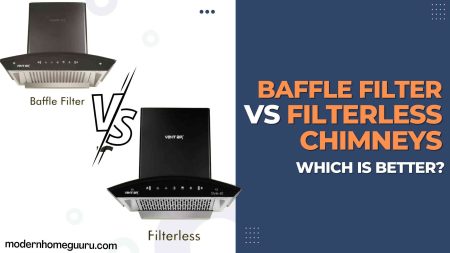
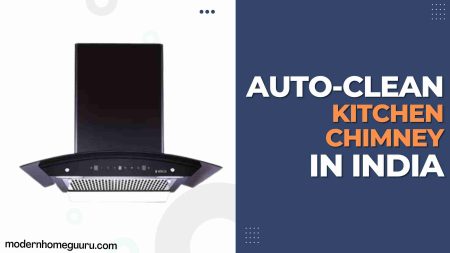
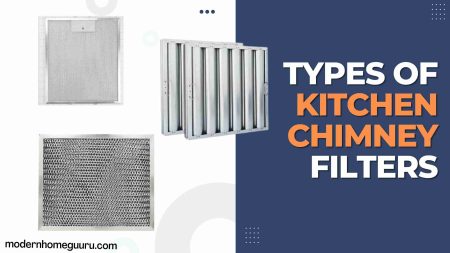
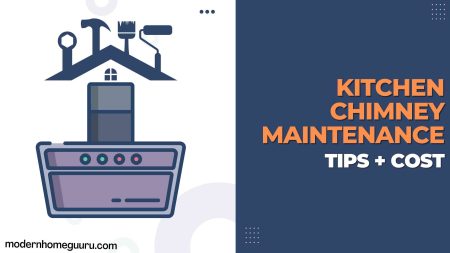
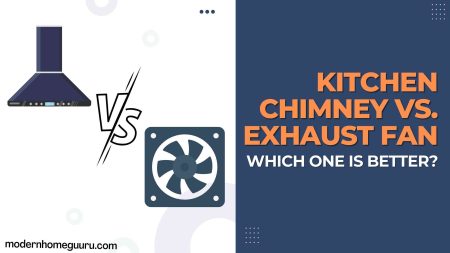
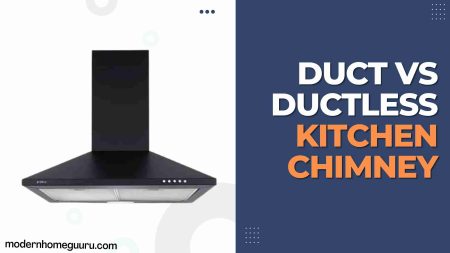
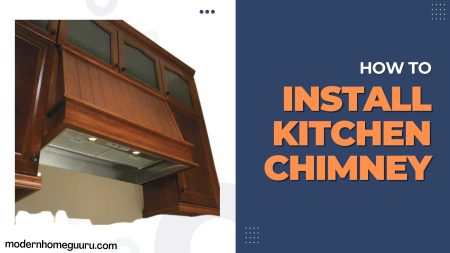
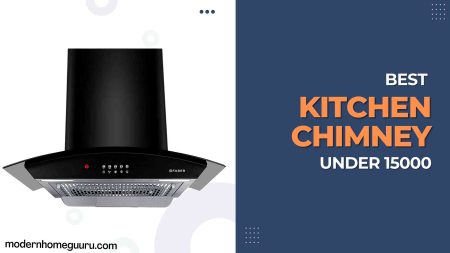
Leave a Reply